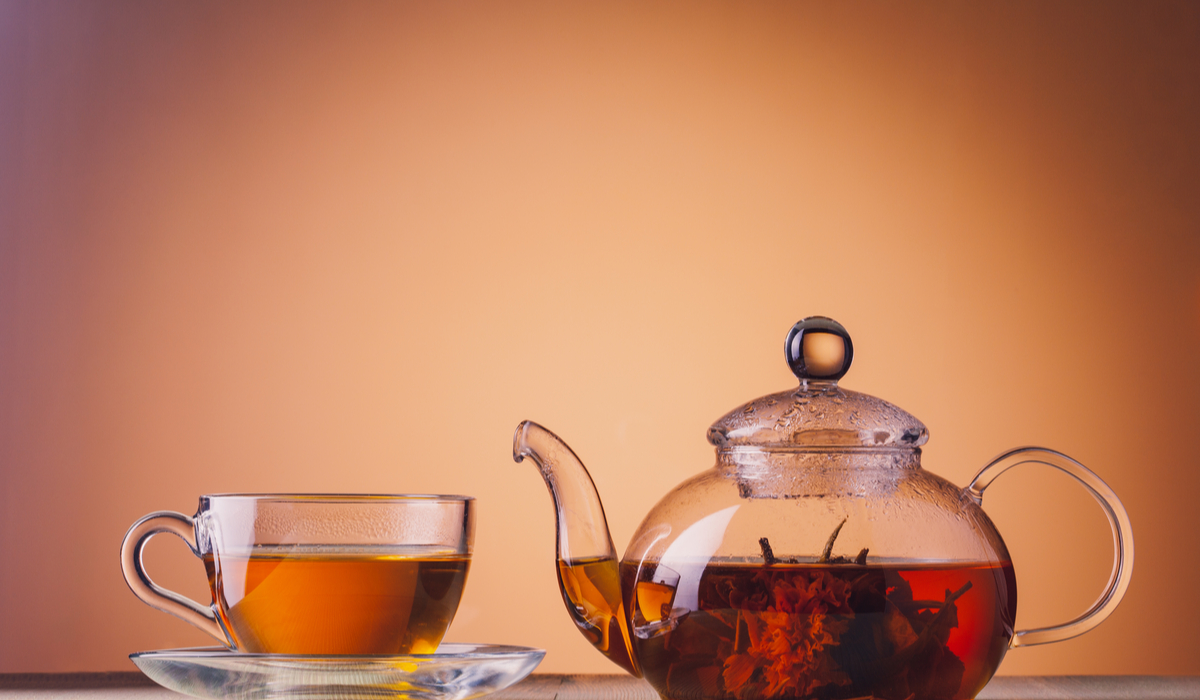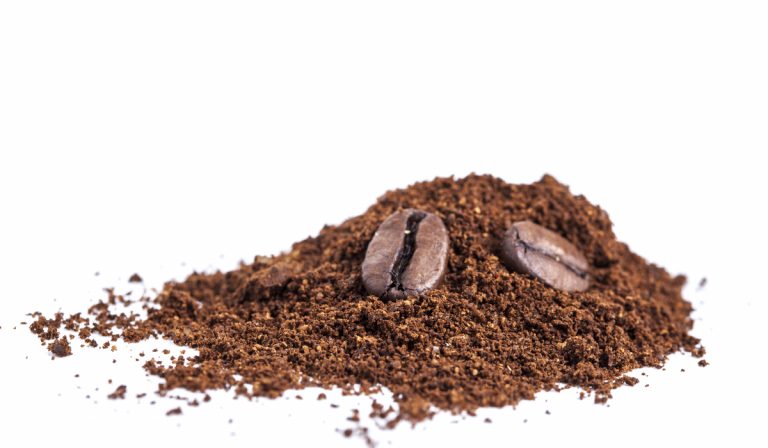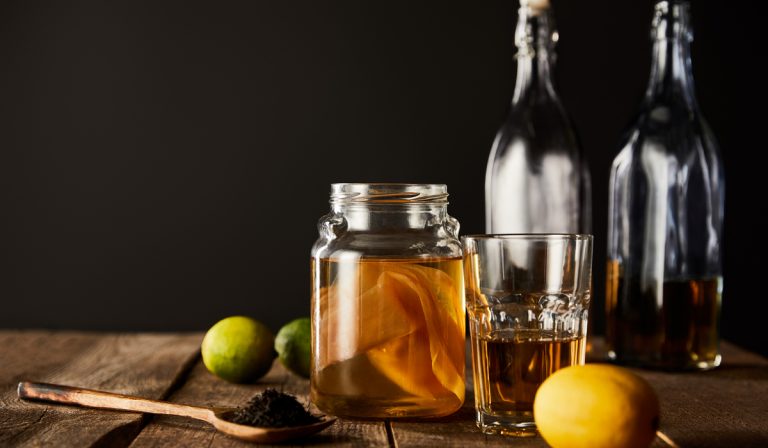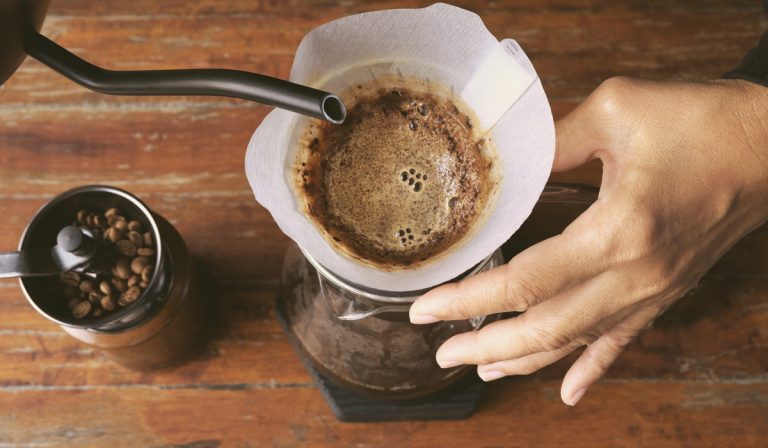Does Sweet Tea Go Bad If Not Refrigerated? (Things to Know!)
I have a very vivid memory as a kid of amber-colored mason jars sitting out in the sunlight on the harshest days of summer. The goal was to let the tea steep in the afternoon sun and avoid the house getting any hotter by boiling up a pot of tea in the kitchen.
Nowadays, this is called sun tea and is not recommended by the CDC because of the bacteria that can grow internally due to an environment of warmth and moisture.
But how long can you actually keep tea unrefrigerated, anyway?
Well, according to the Centers for Disease Control, you shouldn’t keep tea at room temperature for more than eight hours, less for sweet tea, or it poses the risk of acquiring dangerous bacteria. This is more concerning when the tea has been brewed in unsanitary conditions. For instance, if you have a nozzle on your teapot, that can easily be forgotten in the cleaning process and can build up enough bacteria to get you very sick.
So, in the interest of keeping yourself out of the hospital and keeping your tea free from coliform, find out just how important refrigeration is!
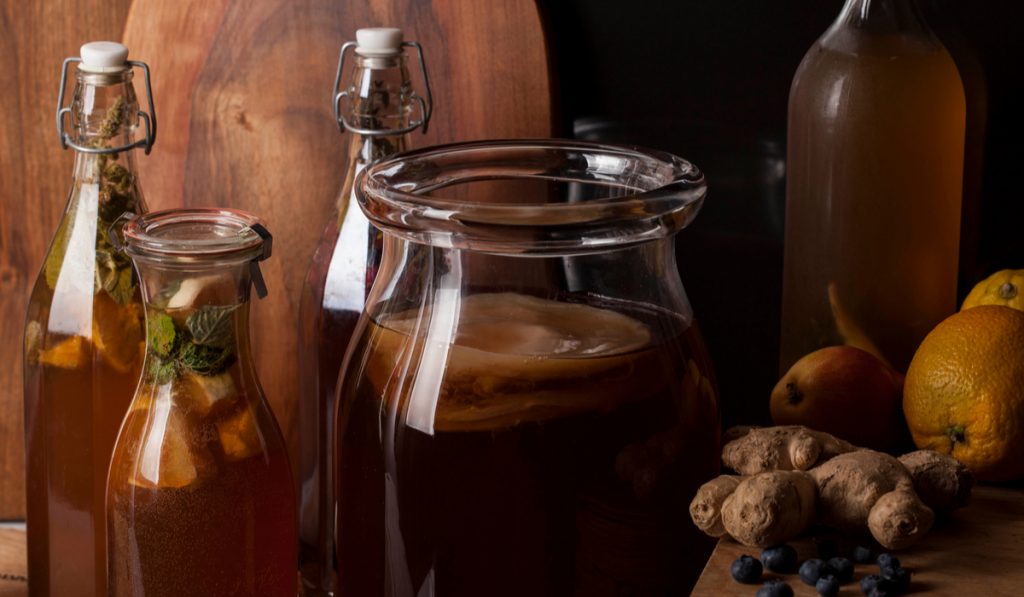
Table of Contents
What Bacteria Can Grow in Sweet Tea?
Everyone has heard of the more prominent players regarding disease outbreaks from improper food handling, E.Coli, Salmonella, Norovirus, etc. But even when you are avoiding undercooked chicken and washing your hands and surfaces after prepping food, you are still susceptible to disease from less notorious suspects, such as tea leaves.
Coliform is a type of bacteria present in the environment, from on tea leaves to animal feces. Ingesting coliform can lead to vomiting, diarrhea and a stomach ache you won’t soon forget.
It can be easy to overlook things such as tea when we regularly hear about outbreaks from undercooked turkey or poorly kept vegetables such as lettuce.
Despite there being no recorded disease outbreak from tea, according to the Centers for Disease Control, if tea is left unattended, it can grow Klebsiella, Enterobacter, and in rare cases, E. coli. The symptoms of these infections can range from fever and stomach cramps to death if left untreated.
More than likely, though, you will probably just be very sick for a couple of days and wish you had taken the time to throw the tea in your fridge.
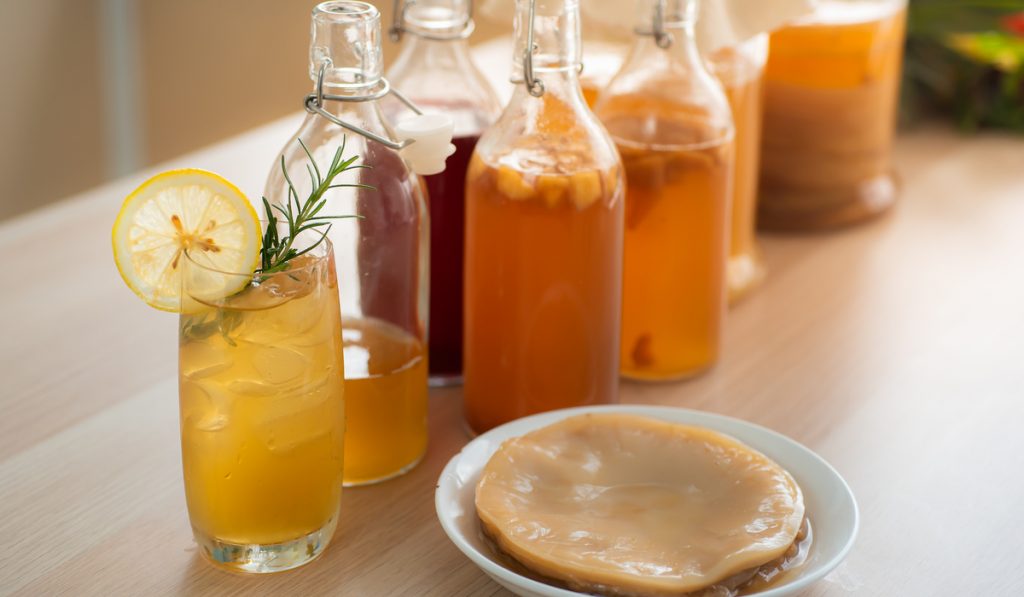
How Long Does Sweet Tea Last?
The unfortunate news for the sweet tea lovers reading this is that the plentiful sugar inside everyone’s favorite drink will make it expire far quicker.
While unsweetened tea can remain at room temperature for eight hours, sweet tea will begin to go bad after just two.
This is because of the glucose found inside sugar, which germs like to make a snack of.
Letting your sweet tea cool at room temperature will decrease the time it takes for it to expire. Allowing any perishable food or drink to sit in the temperature danger zone of 140°F to 40°F for a prolonged period will be an issue.
Preferably, refrigerate your tea right after brewing to keep it at optimum freshness.
Make sure whatever pitcher, pot, or jar you choose to refrigerate the tea in can handle rapid temperature changes.
Sweet tea typically lasts two to three days in refrigeration, potentially longer if it is in a sealed container. The danger comes from the exposure to air and the other food bacteria found on your fridge shelves. This is made worse due to the sugar that helps breed bacteria. To play it safe, if it has been sitting exposed to the air in your fridge, toss it sooner rather than later.

Signs of Expiration
I can’t recall how many times I have forgotten what day I made something that is now collecting dust (amongst other things) in my fridge. If you are like me, these helpful identifiers will make sure that you don’t chug a few ounces of sweetened Coliform.
Changes in the color and hue of the tea that wasn’t immediately present after brewing are signs that it should be thrown out. This is especially true if the area is a darker, murky color. You should not have stormclouds forming in your plastic pitchers, folks.
If you begin to notice foamy, solidified lines forming around the side of your tea above “sea level,” you are probably in trouble. Also, if you begin to notice streaks of liquid sticking to the side of the pitcher, that is a recipe for bacterial disaster. This will primarily appear above the tea along the walls or in and around the nozzle if your pitcher comes with one.
If the tea loses its smell or even starts smelling more like milk, you should pour it out. As simple and perhaps sketchy as it may seem, the smell test is one of the best methods we have for identifying if food or drinks are out of date. Just maybe arch your head back if you can feel a pulse in the pitcher.
Lastly, if you feel like gambling, you can try to taste the tea. If it tastes tart, or even if it just hits you a little milder than usual, it has gone bad. Personal opinion being what it is, if you have gone through the first three steps and it comes up inconclusive or suspect, maybe just switch to water.

Last Word
If two to three days feels limiting, you can always try to put in sugar outside of the pitcher, though it won’t taste quite as good as when it’s mixed freshly brewed. You can also try using something like honey instead, which is proven to help keep tea fresh better than sugar can.
Regardless, try to keep your sweet tea refrigerated and properly sealed, and you should have a decent bit of time to consume it without the involvement of bacteria.
You really shouldn’t do a taste test.

